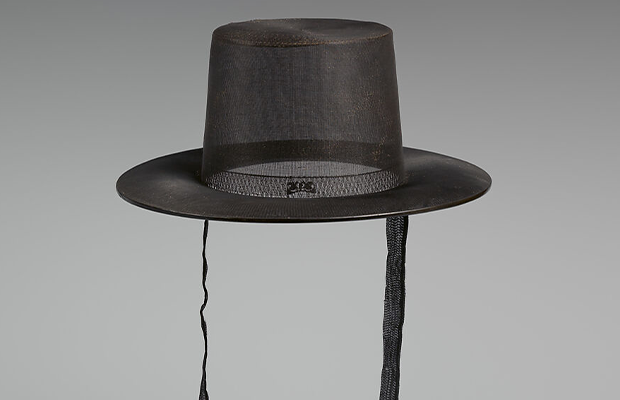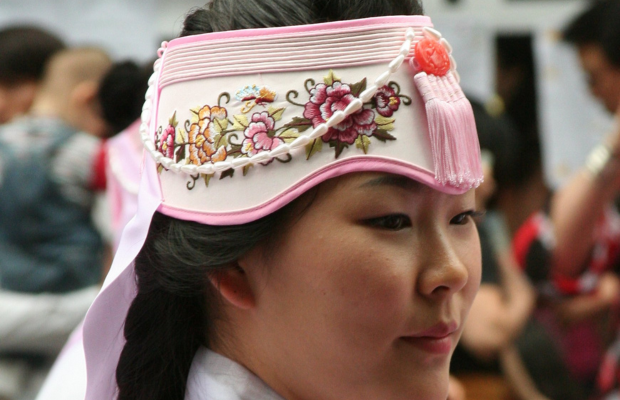
Exploring the Gat: A Traditional Korean Icon
Introduction
Exploring the Gat a Traditional Korean Icon. The gat stands as a symbol of tradition, history, and identity. This traditional Korean hat, primarily worn by men, holds a significant place in the country’s rich heritage. Join me as we delve into the intricate details and cultural significance of the gat.
Origins and Evolution
The history of the gat dates back centuries, tracing its roots to the ancient Korean kingdoms of Goguryeo, Silla, and Baekje. Initially crafted from horsehair, the gat gradually evolved into its distinctive form, featuring a rounded crown and a wide brim made from horsehair or bamboo.
During the Joseon Dynasty (1392–1910), the gat became a ubiquitous accessory among Korean men from all walks of life. Its design underwent refinement, with variations emerging to denote social status and occasion. The material, color, and size of the gat often reflected the wearer’s rank and the formality of the occasion.
Design and Symbolism
The gat’s design is both practical and symbolic. Its rounded shape, reminiscent of a small mountain, is said to symbolize Confucian ideals of humility and modesty. The black color of the gat represents integrity and self-discipline, virtues highly valued in Korean society.
The gat’s wide brim serves a dual purpose. Functionally, it shields the wearer from the sun and rain, offering protection during outdoor activities. Symbolically, the brim represents the Confucian concept of propriety, emphasizing the importance of maintaining social norms and etiquette.
Cultural Significance
Beyond its practical and symbolic aspects, the gat holds deep cultural significance in Korean society. It is often associated with scholars, officials, and noblemen, reflecting the wearer’s education, social standing, and adherence to Confucian values.
In traditional Korean weddings, the groom typically wears a gat as part of his ceremonial attire, symbolizing his readiness to take on the responsibilities of marriage and family life. Similarly, the gat is worn during important rites of passage, such as coming-of-age ceremonies and funerals, marking significant milestones in an individual’s life.
Modern Revival
While the gat’s prominence has diminished in modern times, it continues to hold a special place in Korean culture. Efforts to preserve and revive traditional crafts have sparked renewed interest in the gat among younger generations.
Contemporary artisans are exploring innovative ways to reinterpret the gat, blending traditional craftsmanship with modern aesthetics. From fashion runways to cultural festivals, the gat’s timeless appeal continues to captivate audiences worldwide, serving as a poignant reminder of Korea’s enduring heritage.
Conclusion
The gat stands as a testament to Korea’s rich cultural legacy, embodying centuries of tradition, craftsmanship, and symbolism. As we celebrate the beauty and significance of this iconic headwear, let us also cherish the values and ideals it represents—humility, integrity, and respect for tradition. In a rapidly changing world, the gat serves as a timeless link to Korea’s past, inspiring us to honor and preserve our cultural heritage for generations to come.






